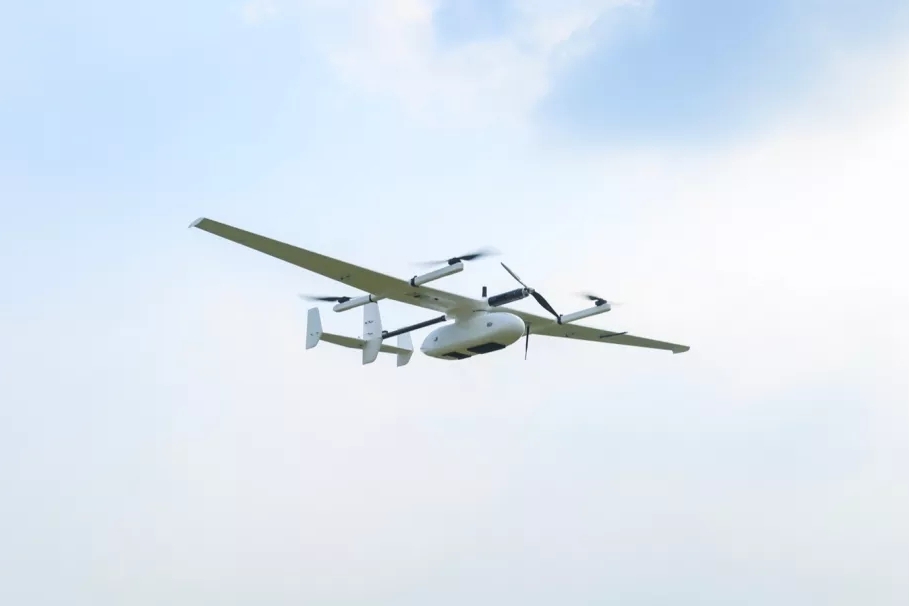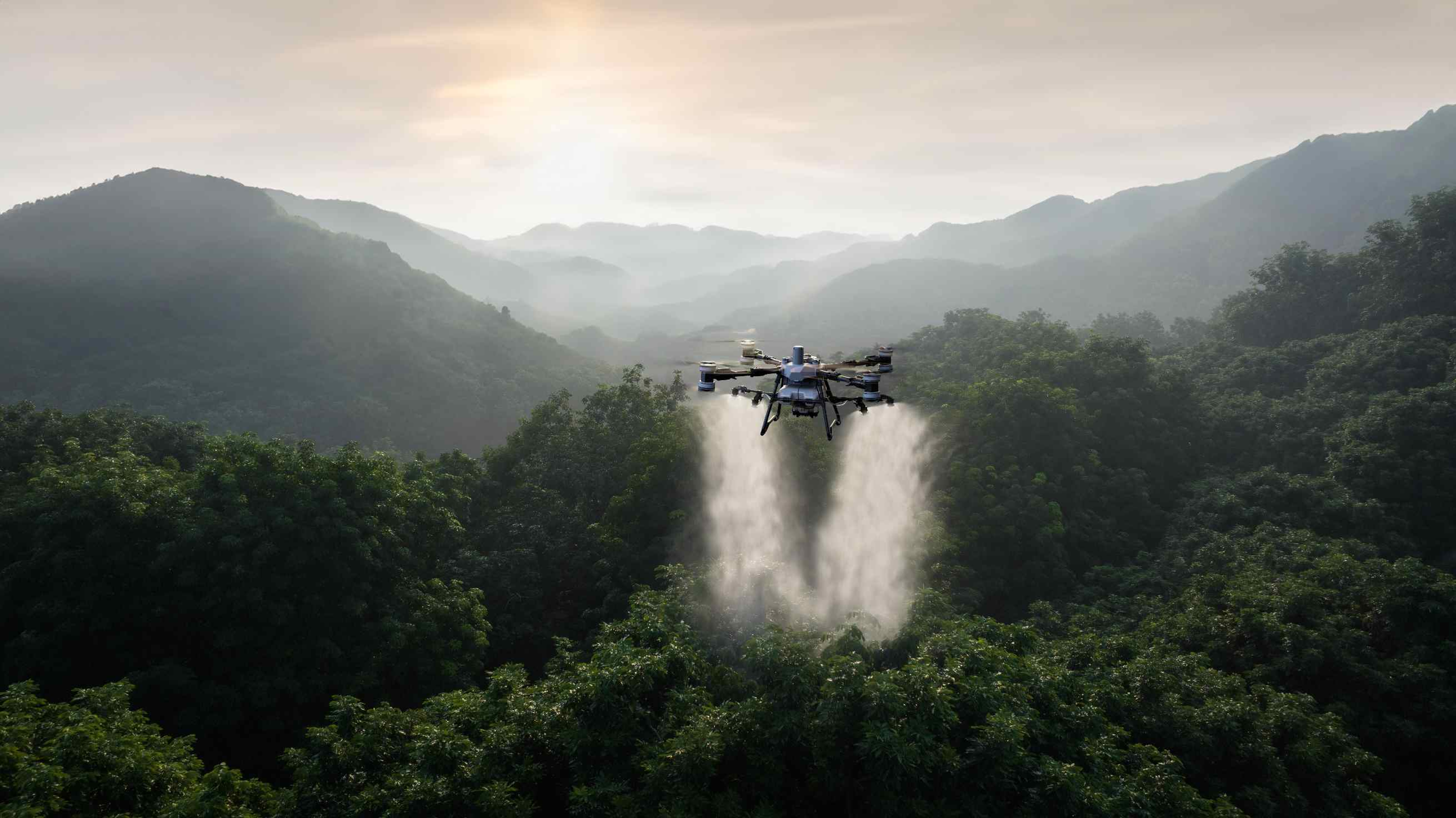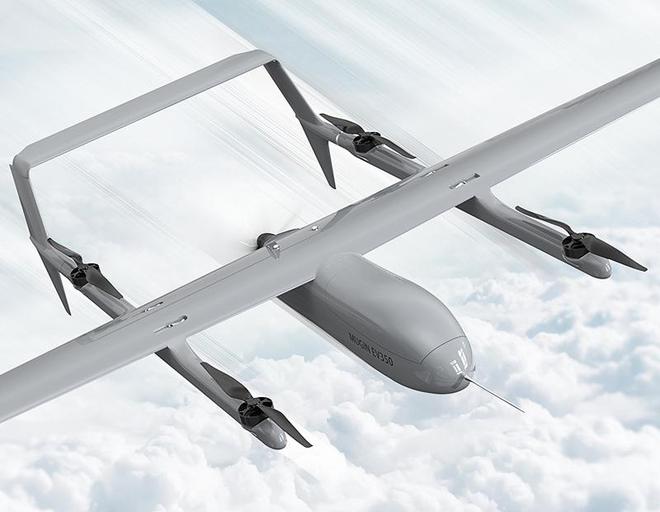
According to a report on the US Defense News website on February 1st local time, General Atomics Aeronautical Systems has conducted its first test flight of a drone system deployed from a drone at the Dugway Proving Ground in Utah. This system is a product of the Air launched Effect (ALE) project, and currently General Atomic Energy has named it "Eaglet".
In a statement on January 31st, General Atomic Energy stated that the "Little Eagle" drone was mounted and launched for test flight in December last year by a US Army owned MQ-1C "Grey Eagle" (RQ-1 Predator drone equipped by the US Army) drone under a joint funding project from the US Army Research Laboratory and Aviation and Missile Center. As a subsidiary of General Atomic Energy, General Atomic Aviation Systems is one of the major drone manufacturers in the United States, including the RQ-1 Predator series and MQ-9 Reaper series drones such as the MQ-1C Greyhawk.
General Nuclear Corporation President David Alexander stated in a statement that "air launched efficiency" is a "low-cost and survivable drone" that can be mounted and deployed from the "Grey Eagle" drone, as well as launched from rotor/helicopter or ground vehicles. The aircraft "can expand the coverage of sensors to increase lethality" and "provide survivability for manned aircraft".
At present, the US Army is seeking options for large and small "air launched efficiency" aircraft, with the aim of building various battlefield capabilities such as targeting, intelligence, surveillance and reconnaissance, as well as communication, data links, etc. General Atomic Energy Corporation stated that the "Kitty Hawk" drone is a series of equipment that can carry multiple sensors and payloads. As a launch platform, the MQ-1C "Grey Hawk" can carry the "Kitty Hawk" drone and "fly thousands of kilometers" before launch.
The report states that the "Little Eagle" drone will mainly play a role in command and control capabilities, and can work in conjunction with payloads carried by the "Grey Eagle" drone and other US Army aircraft to achieve "depth sensing" during operations. The United States Army Intelligence, Electronic Warfare, and Sensor Program Executive Office has shown a special interest in the "Air Launch Effectiveness" program, hoping to use it as a means of interference, decoy, or reconnaissance, and to conduct operations from a greater distance. At present, the next plan for the "Little Eagle" drone is to participate in relevant exercises to further determine its potential. The US Army Futures Command approved the first initial capability refinement document for the "Air Launch Effectiveness" project in the fall of 2019.
The "air launch efficiency" is also part of the future vertical takeoff and landing "ecosystem" of the US Army, which is envisioned to include manned "Future Long Range Assault Aircraft" (FLRAA, also known as the "Next Generation Manned Assault Helicopter"), manned "Future Attack Reconnaissance Aircraft" (FARA, also known as the "Next Generation Reconnaissance Helicopter"), future tactical unmanned aerial vehicles, and unmanned aerial vehicles in the "air launch efficiency" project.
The V-280 that won the bid in FLRAA (top) and the Bell-360 that won the bid in FARA (bottom), ALE is part of the same "ecosystem" program as FLRAA and FARA. Image source: US Army website
The US Army stated in the 2023 fiscal year budget that "air launch effectiveness" will be advanced in a gradual manner, allowing for rapid prototyping and deployment of usable capabilities, while continuing to transition towards technological maturity to fully realize the required capabilities. This will require testing, simulation, and demonstration on parallel or sequential timelines, as well as simultaneous development of multiple aircraft, payload equipment, and mission system architecture prototypes to achieve. The goal of the US Army is to develop multiple prototypes of "air launched effectiveness" in order to deliver relevant equipment to combat units more quickly, while gradually upgrading mission systems, payload equipment, and related interfaces in the future to expand mission scope for "supporting long-range precision firepower", which will help achieve targeting of long-range artillery weapons such as ERCA "Extended Range Cannon" (XM1299). The US Army has also evaluated various mission payloads of large-scale "air launched effectiveness" in various experiments, including synthetic aperture radar, electronic warfare equipment, and communication systems.
In 2020, the US Army awarded 10 small contracts worth $29.75 million to companies including Raytheon, Alliant Technologies, and Leonardo Electronics USA, including the development of unmanned aerial vehicles and payload components. In addition to the "Little Eagle" of General Atomic Energy, the US Army has previously used the "Grey Eagle" drone to test other manufacturers' "air launched efficiency" drones, such as the model developed by L3 Harris, which can fly at a speed of over 200 knots and a range of over 300 kilometers.
Similar projects have existed before, in addition to the ALE "air launch efficiency" carried by drones. In August 2018, the UH-60 "Black Hawk" helicopter test fired the air launched tube type unmanned aerial vehicle system ALTIUS. In 2021, ALTIUS was tested and installed on a C-12 transport plane, and launched from the launch tube on a moving all terrain vehicle. Currently, according to budget related documents, the US Army will continue to develop requirements and strategies for the "Air Launch Efficiency" series of unmanned aerial vehicles, with the goal of issuing a proposal request for related capabilities in the last quarter of fiscal year 2024 and entering the engineering and manufacturing development phase in the third quarter of fiscal year 2025.




